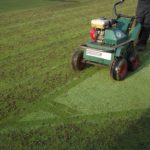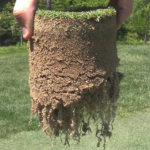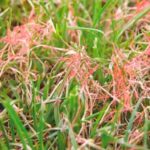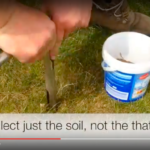
Greenkeeping Tasks for September and October have become to some degree a bit repetitive. This would be fine if the desired results followed, but in the majority of cases this can't be said to be true. This month John explains the science behind the perfect autumn renovation plan to get your green started down the road to consistent high performance.



